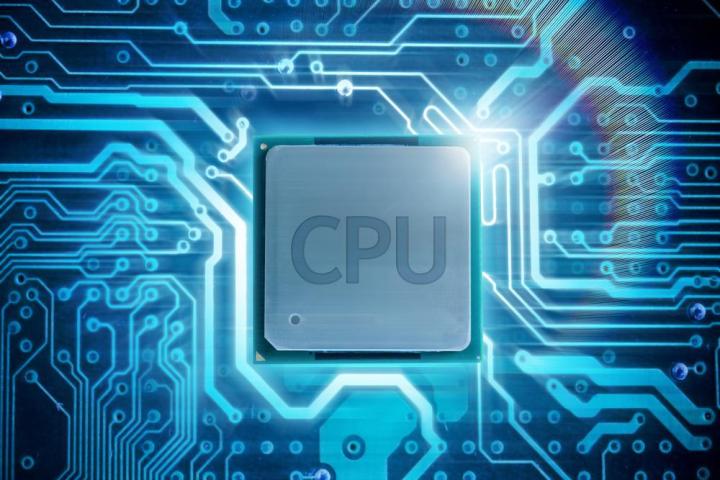
While Intel brags about its next stage of 10nm processors on the horizon, Cornell’s findings measure only 3nm across, jumping a huge gulf in the ultra-thin market that could have the potential to revolutionize next-generation ultra-thin devices.
The breakthrough is all thanks to chips built with transition metal dichalcogenide, or TMD. TMD is a compound that has been known to technicians for years, but has only recently come into the limelight as its properties became more well understood.
According to an article that was published in Nature detailing Cornell’s success with the material, TMD transistors are currently printing on silicon wafers at a success rate of 99 percent, which is just enough to give the industry hope of full commercial viability sometime in the near future.
We’ve been reporting lately on the struggle that engineers have dealt with, while we face what could be the last 10 years of Moore’s Law. As the boundaries of nature and physics prevent us from having smaller phones, chipmakers and researchers alike have been scrambling to find new ways to break the laws of thermodynamics, using everything from TMDs to graphene to make a tinier, faster chip that doesn’t get so hot that the components inside start to fry.
Related: Intel may turn to Quantum Wells to enforce Moore’s Law
These new TMDs could be a great step in the right direction, though for now they’re just something that was cooked up in a lab. Only time will tell if the process will be scalable up to the kind of production that Intel or AMD are looking for, but we have our fingers crossed.
Editors' Recommendations
- Intel says Moore’s Law is alive and well. Nvidia says it’s dead. Which is right?
- Intel reports new computing breakthroughs as it pursues Moore’s Law
- AMD is leaving Intel in the dust on die size, with no 7nm Intel chips until 2021


